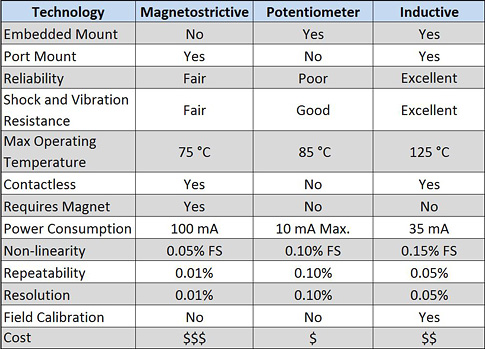Position feedback sensors for hydraulic or pneumatic cylinders have used one of three traditional technologies: magnetostrictive, variable resistance, and variable inductance sensors. Occasionally other sensor technologies have been used successfully in this application, but the focus of this article is to compare these three most commonly used technologies.
|
ADVERTISEMENT |
As the demand for increased control and functionality has increassd, sensor-instrumented cylinders are becoming more important in the heavy industry, subsea, and mobile equipment arenas. Ultimately, a user or systems integrator must determine the requirements of the application and which technology best satisfies it on a total installed cost vs. performance basis. The strengths and weaknesses of magnetostrictive, variable resistance, and variable inductance sensors are discussed below, and a chart is included for feature-by-feature comparisons.

…
Add new comment